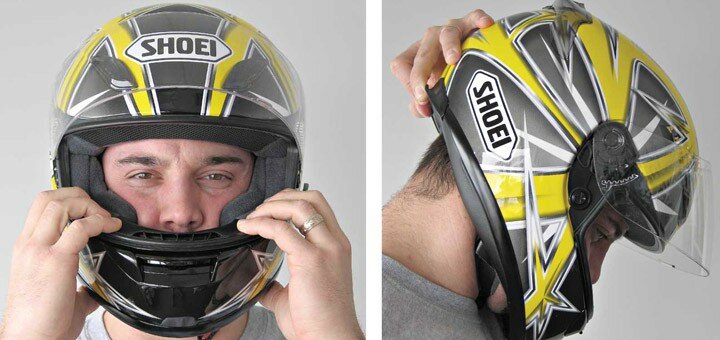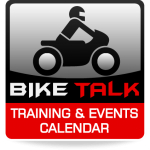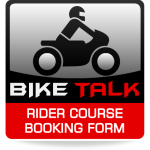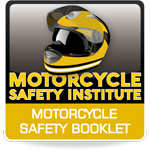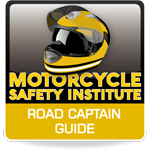Your motorcycle helmet is a vital piece of equipment designed to protect your head in the event of an accident. To get the best protection your helmet needs to provide a really good fit. A badly fitting helmet can come off in an accident, even if the chin strap is done up.
Always remember – Helmets are produced in a range of sizes to satisfy a mass market. Your head shape and size are unique to you, so take time to use the following tips when selecting your new helmet:
GET YOUR HEAD MEASURED
First have your head size measured before you try any helmet on. Measure around the fullest part of your head just above the ears, taking the measurement at the forehead. The measurement will correspond to a particular size in the model range you are interested in. This is a good starting point! If you want a particular brand or model, do not be tempted to go for another size if yours is out of stock – wait and get the correct size!
TRY IT ON
Once you have your size, place the helmet firmly onto your head. Secure the chin strap so that you can fit two fingers between it and your jaw. If the helmet has a quick release buckle take time to adjust the strap. Once fitted, you should be able to feel the inside of the helmet against all parts of your head, without feeling ‘pressure points’ or it leaving red marks. Once you are happy wear the helmet for a few minutes to make sure it is comfortable.
TOO TIGHT – TOO LOOSE?
With the strap secured, try rotating the helmet from side to side. With a full face model, your cheeks should follow the movement of the helmet and stay in contact with the cheek-pads. Make sure the helmet does not rotate on your head. The cheek-pads should provide a firm, comfortable fit. Next tilt the helmet forward and back. It should stay in position and not move. If it slips forward or back it is unlikely to be the correct size.
DOES IT COME OFF?
Finally, check that the helmet won’t easily come off in an accident. Tilt your head forward and have someone try to roll your helmet off your head by carefully applying an upward force to the rear of the helmet at its base. If you can roll if off in the showroom (with the chinstrap done up) it will be sure to come off in an accident! Ensure your new helmet comes with either an acceptable EC or BS approval marking and that the seller provides sufficient instructions for the use and care of the helmet. Read the instruction booklet to make sure you know how best to look after your helmet.
HELMET CARE
Your helmet is the most important piece of kit you will own – if you look after it, it will look after you! In general, a helmet has a shelf life of around five years, but if used regularly around three years. You should keep your helmet in the best condition and clean it regularly. Whilst many helmets are made of similar materials and can be cleaned using the same method, we recommended that you always follow the manufacturer’s cleaning instructions for the specific helmet you have purchased.
Cleaning your visor after every ride should be part of your post-ride ritual, as it’s easier to clean before the flies dry out! If you don’t have time, there’s a simple way to clean it without scrubbing. Simply wet some paper towels or a cotton cloth and leave them on your visor for a few minutes and then wipe off .
IMPORTANT NOTE
Buying a second hand helmet is not recommended. There could be damage you can’t see. You are also unlikely to get the right fit. You must be cautious and only buy if you are satisfied that the helmet fits and is in a usable condition as designed. If you are in any doubt, contact the manufacturer for further information.
Your head should be the most expensive consideration when buying a bike, don’t waste it on a cheap helmet.

